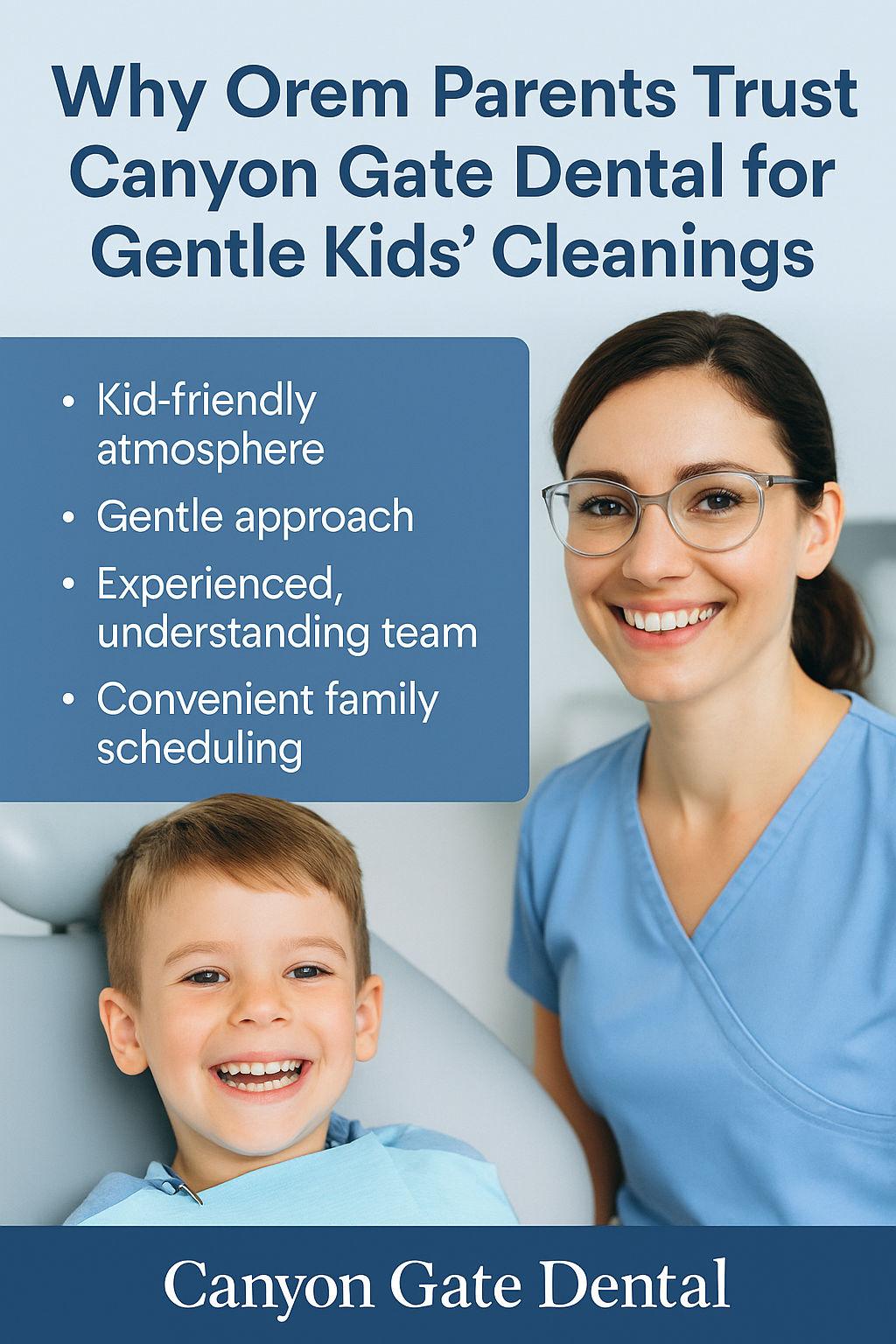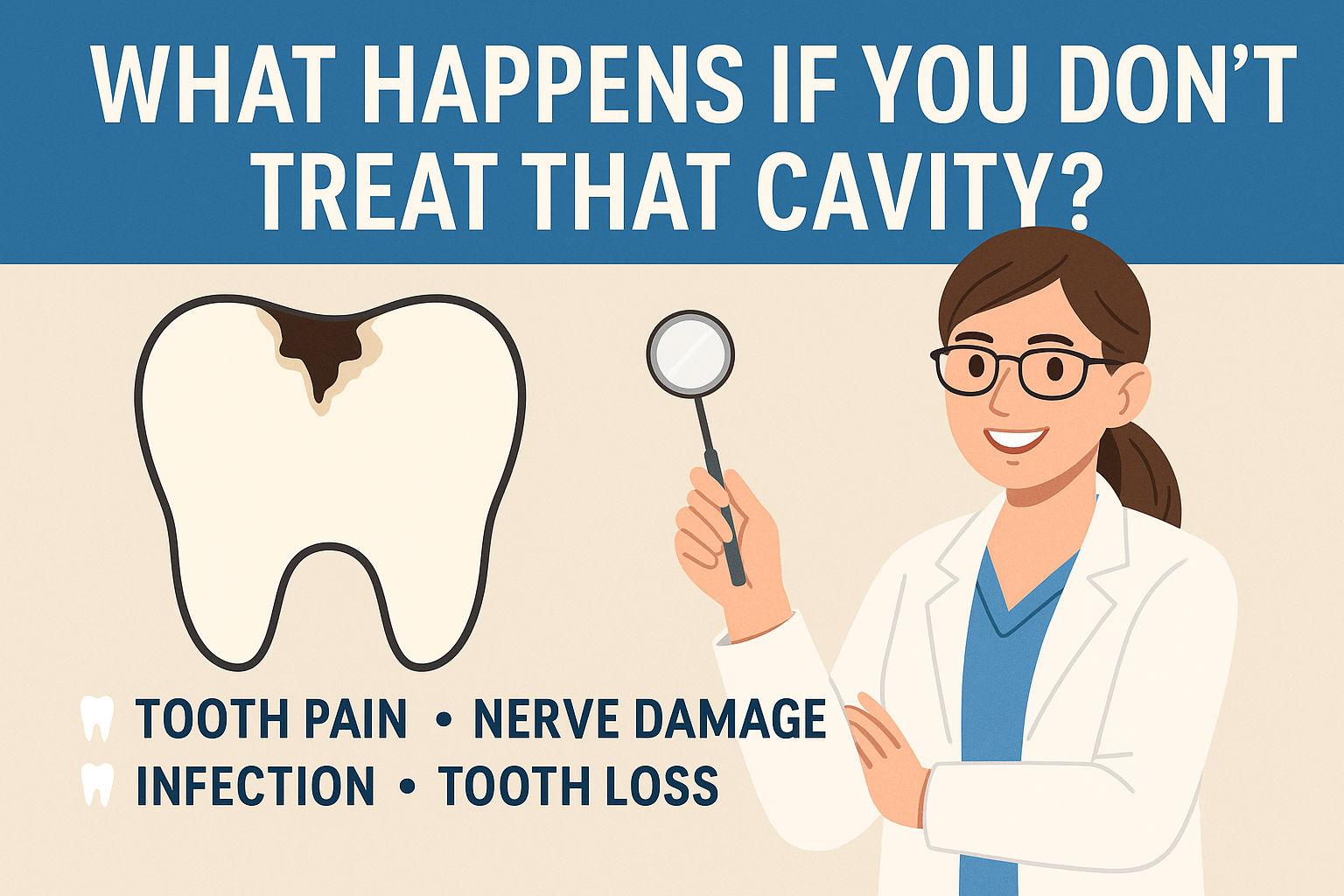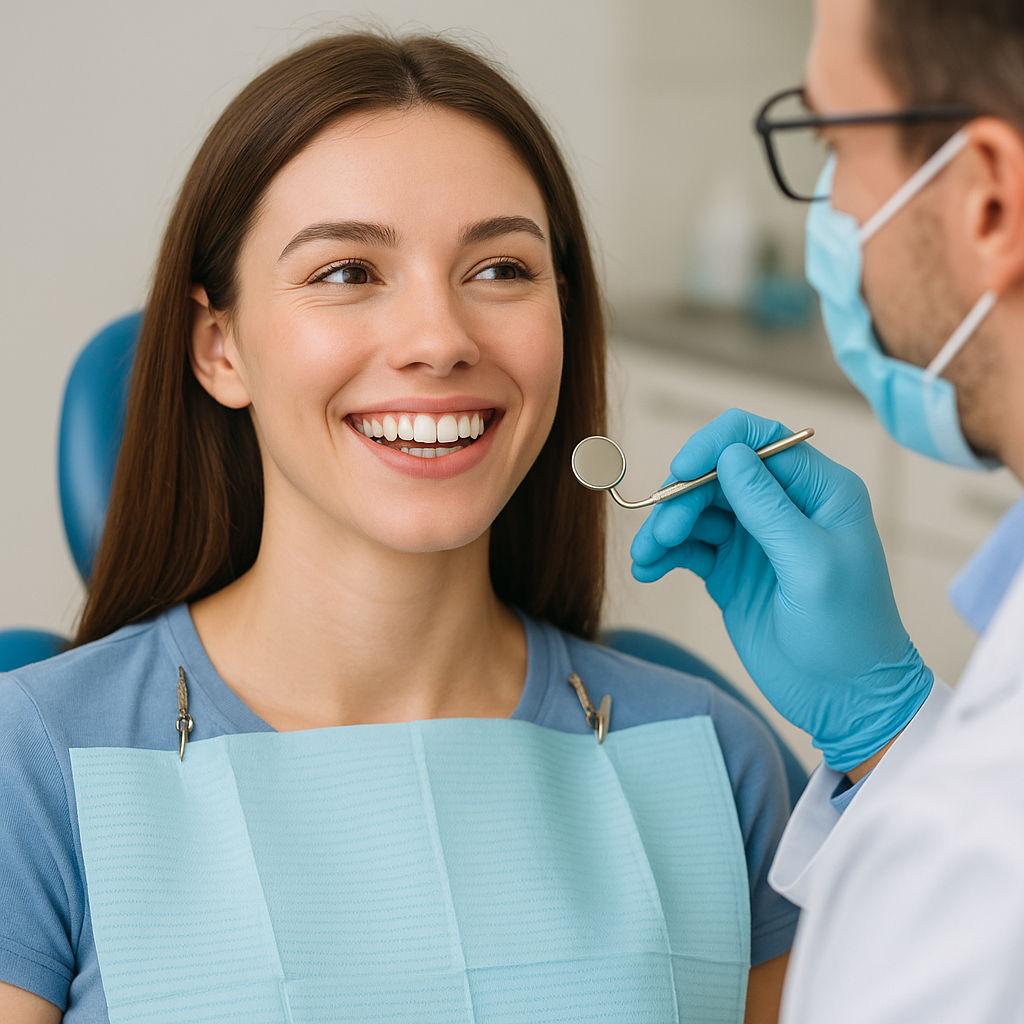Brushing and flossing are simple techniques to maintain your teeth white, bright, and healthy daily. Still, you’re not alone if you think your grin has lost its luster or has become more yellow than it once was. The most popular response to the American Academy of Cosmetic Dentistry’s question about what they’d like to enhance about their smile was whiter teeth. Nearly 90% of patients desired teeth whitening, according to the American Association of Orthodontists.
Do you want to whiten your teeth? Get the facts straight first. Five of the most frequently asked questions concerning the procedure are listed here. Reach out to us in Orem to know more.
Why Did My Teeth Change Color?
For a variety of causes, your teeth might turn from white to not-so-white over time:
Food & Beverage
Coffee, tea, and red wine are some of the most common stains. What is it that they all share in common? Chromogens are intense color pigments that adhere to the white, outside surface of your tooth (enamel).
Use of Tobacco
Tar and nicotine, two substances contained in tobacco, cause permanent stains. Tar is a black substance by nature. Until it comes into contact with air, nicotine is colorless. Then it transforms into a yellowish material that stains the surface.
Age
A softer region termed dentin lies beneath the hard, white outer coating of your teeth (enamel). Brushing thins the outer enamel layer, allowing more of the yellowish dentin to show through.
Trauma
If you’ve been punched in the mouth, your teeth may change color as a result of the damage, which causes it to lay down extra dentin, a darker layer underneath the enamel.
Medications
Some antihistamines, antipsychotics, and high blood pressure drugs might cause tooth darkening as a side effect. Antibiotics like tetracycline and doxycycline can cause discoloration of adult teeth in young kids who are exposed to them when their teeth are growing (in the womb or as a newborn). Chemotherapy and radiation to the head and neck can cause discolored teeth.
How Does Teeth Whitening Work?
Teeth whitening is a straightforward procedure. One of two teeth bleaches is used in whitening goods (hydrogen peroxide or carbamide peroxide). These bleaches break down stains into tiny bits, resulting in a less intense hue and whiter teeth.
Does Whitening Work on All Teeth?
No, that is why you should see your dentist before whitening your teeth, since whiteners may not be effective for all forms of discoloration. Yellow teeth, for example, are likely to bleach effectively, but brown teeth may not. Teeth with grey tones may not bleach at all. Caps, veneers, crowns, and fillings will not whiten. If your tooth discoloration is triggered by drugs or a dental injury, it won’t work.
What Are My Whitening Options?
Before you begin, consult your dentist. If you’re a candidate, there are four options for restoring your smile’s natural glow:
Toothpaste for Stain Removal
All toothpaste assists elimination of surface stains by scrubbing the teeth with moderate abrasives. Look for toothpaste that has obtained the American Dental Association’s (ADA) Seal of Acceptance for stain removal (it will tell you on the package). These toothpaste have extra polishing chemicals that are both safe for your teeth and excellent at removing stains. These ADA-Approved solutions, unlike bleaches, do not affect the color of teeth since they can only remove surface stains.
Bleaching in the Office
Chairside bleaching is a process that normally only takes one appointment visit. To safeguard your gums, the dentist will use either a protective gel or a rubber barrier. After that, the teeth are bleached.
Your Dentist’s Bleaching Kit for At-Home Bleaching
A custom-made tray for at-home whitening may be obtained from your dentist. In this scenario, the dentist will guide you on how to properly place the bleaching solution in the tray and for how long. This may be a better alternative if you choose to whiten your teeth at home at a slower speed while remaining under the supervision of a dentist. Bleaching outside the workplace might take anything from a few days to a few weeks.
Bleaching Products Available Over-the-Counter
You could come across toothpaste or strips that whiten your teeth by bleaching them online or at your local grocery shop. These products have a lesser concentration of bleaching chemicals than what your dentist would use in the clinic. If you’re considering utilizing an over-the-counter bleaching kit, talk to your dentist about your alternatives and seek one that has the ADA Seal of Acceptance. It has been proven to be both safe and successful when it comes to tooth whitening. Get a list of all at-home bleaching products that are ADA-approved.
Are There Any Side Effects from Teeth Whitening?
Teeth sensitivity can occur in some persons who use teeth whiteners. When the peroxide in the whitener penetrates the enamel to the soft layer of dentin, it irritates your tooth’s nerve. The sensitivity is usually just transient. You can postpone therapy and try again later.
Excessive usage of whiteners can harm tooth enamel and gums, so read the labels carefully and see your dentist.








